Eliminating Japanese clover naturally
andrew_rva
9 years ago
Related Stories

EDIBLE GARDENSNatural Ways to Get Rid of Weeds in Your Garden
Use these techniques to help prevent the spread of weeds and to learn about your soil
Full Story
Design Solution: Japanese Shoji Screens
See How Light-Filled Shojis Create Serene Spaces for Modern Homes
Full Story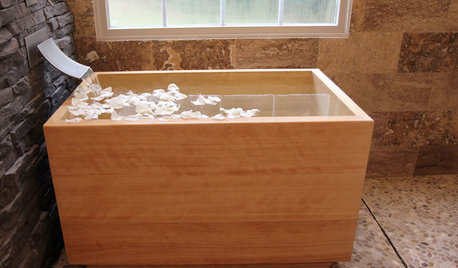
BATHTUBSRoom of the Day: Restorative Power of a Japanese Soaking Tub
A traditional tub made of hinoki wood sets a calming tone in this master bath renovation
Full Story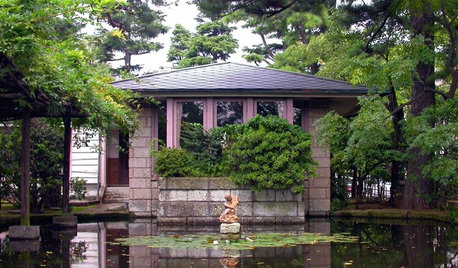
HOMES AROUND THE WORLDHow Frank Lloyd Wright Influenced Japanese Architecture
During his time in Japan, the pioneering U.S. architect inspired other designers there, who integrated his philosophy into their work
Full Story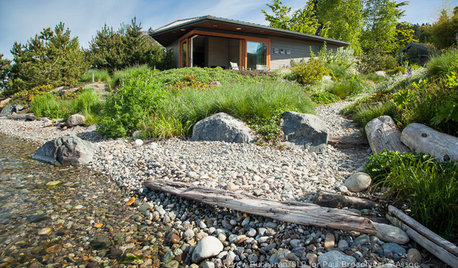
INSPIRING GARDENSLawn Gives Way to a More Natural Lakeside Garden
Meadow grasses, beach pebbles and driftwood replace turfgrass in a nature-friendly landscape on Lake Washington’s shore
Full Story
GARDENING FOR BUTTERFLIESBring on the Birds: Natural Habitat Ideas for Gardens of All Sizes
Provide nesting, watering and perching spots inspired by the Costa Rican jungle and watch the birds flock on over
Full Story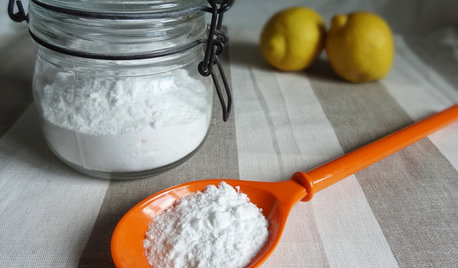
HOUSEKEEPINGBaking Soda: The Amazing All-Natural Cleanser You Already Own
Battle grime, banish odors and freshen clothes with this common nontoxic cupboard staple
Full Story
LANDSCAPE DESIGN7 Low-Maintenance Lawn Alternatives
Turf isn't the only ground cover in town. Get a lush no-grass lawn with clover, moss and other easy-care plants
Full Story
HOUZZ TOURSMy Houzz: Simplicity and Serenity in a Vintage-Modern Remodel
A thoughtful collaboration between client, designer and contractor beautifully blends period charm with modern Japanese style in Seattle
Full Story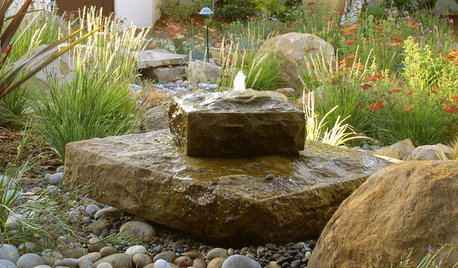
LANDSCAPE DESIGNEnjoy the Simple Beauty of a Backyard Rock Garden
This collection of Japanese-inspired rock gardens is bound to lift your spirits
Full StoryMore Discussions






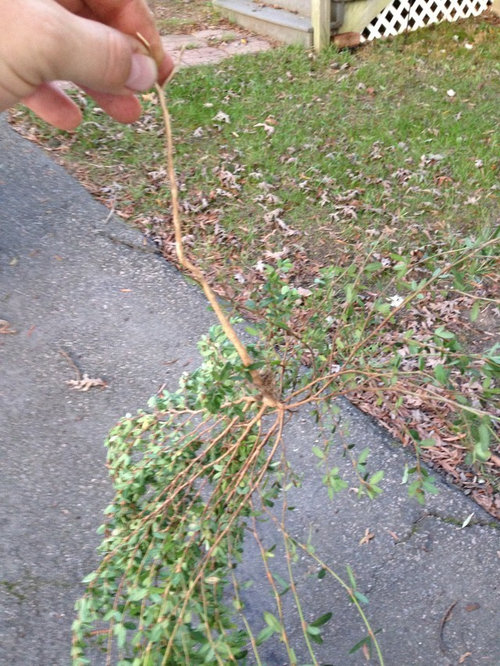
dchall_san_antonio
dchall_san_antonio
Related Professionals
Erie Landscape Architects & Landscape Designers · Marco Island Landscape Architects & Landscape Designers · Anderson Landscape Contractors · Canyon Lake Landscape Contractors · Doctor Phillips Landscape Contractors · Euclid Landscape Contractors · Fuquay-Varina Landscape Contractors · Hayden Landscape Contractors · La Vista Landscape Contractors · National City Landscape Contractors · Oviedo Landscape Contractors · Rancho Santa Margarita Landscape Contractors · Wheat Ridge Landscape Contractors · White Bear Lake Landscape Contractors · West Covina Swimming Pool Buildersandrew_rvaOriginal Author
dchall_san_antonio
andrew_rvaOriginal Author